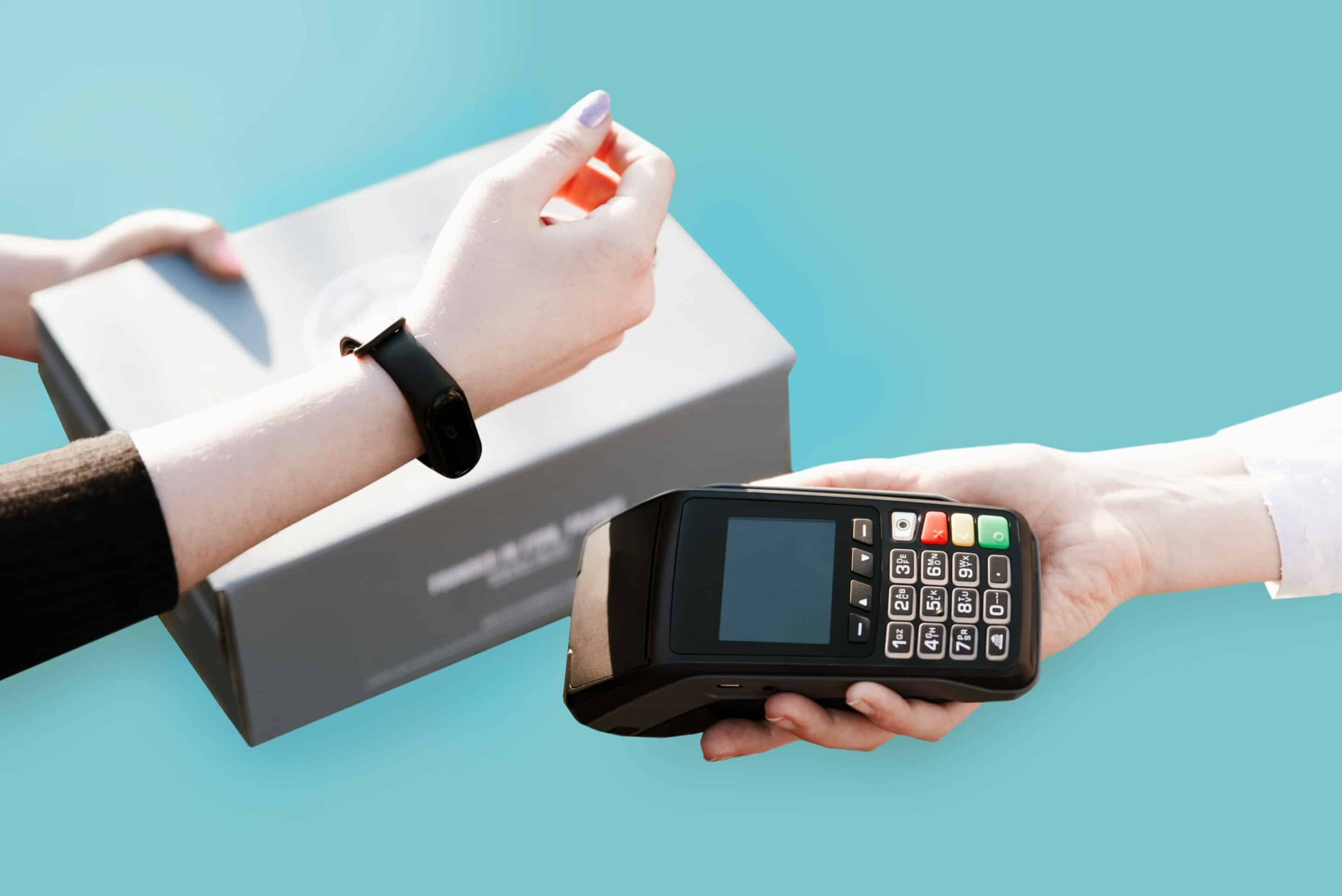When something is purchased using a credit card, there are some fees that are associated with using a credit card and accepting it as a form of payment. The fee that goes to the card issuer is known as interchange. This fee amount can range from 1% to 3% of the transaction amount, plus a flat fee. This is the amount that merchants, or businesses, must pay to accept this form of payment at their business. The card brand fee and interchange fee collectively make up what is known as wholesale fees.
As a business, there are steps you can take to help mitigate the interchange fee that can potentially result in some significant savings. It is entirely possible for you to have two, or more, separate MCCs for one business, so we share 5 ways that you can explore that can help lower your interchange rates.
Review Your Merchant Category Code
As a business owner, you have a lot to manage and so you pay close attention to the details. As they say, the devil is in the details, so when it comes to the classification of your business it is important to pay close attention to the details. Your Merchant Category Code (MCC) is a code that is assigned by the card brands and based on the products you offer and industry that you are in.
It is entirely possible for you to have two, or more, separate MCCs for one business.
Again, it depends entirely on your business offerings, so you can control interchange fees from this standpoint of business.
Offer Contactless Payments
Contactless or tap transactions are a great way to go about reducing interchange rates because contactless payments are EMV – the global standard for credit cards that uses computer chips to authenticate chip-card transactions – and offers lower interchange fees for merchants.
By taking advantage of contactless payments, you can help reduce your interchange fees and potentially increase profitability. Not only is this type of payment method more secure and potentially better for your business’ bottom line, but customers are more likely to choose contactless payments over traditional card swipe or cash transactions due to its convenience.
Make sure your payment processor is equipped to handle these types of transactions and be sure to ask them about accepting contactless payments. It can help your business and your customers will thank you for the ease and security that contactless payments provide.
Settle Transactions Every Day
Trying to achieve the lowest interchange rates can be achieved and some of these solutions are as easy as installing some essential business best practices. One of these best practices is closing your batch or settling your transactions every day.
Batching your transactions every day with your payment processor to settle and clear them helps identify the transaction types properly so they are classified under the correct interchange programs. Not only does daily batching ensure accurate classification, but you will also be able to maintain accurate and up-to-date financial records.
Consult with your payment processor so they can expertly guide you by providing details to ensure you are closing your batch correctly. Combine batching transactions every day with the latest in payment processing technology, makes this a very achievable step that minimizes your interchange rates. Rely on an industry-leading payment processor and they will help make sure you are set up for success in settling your transactions.
Minimize Manually Keyed Transactions
With many options for accepting payments, there are several that can help reduce interchange rates. However, there are some transaction types that you want to consider avoiding as they can potentially impact the profitability of your business. Keyed transactions, like mail order/telephone order (MOTO) can increase your interchange rates because of the risk of errors and fraud that are often associated with keyed-in transactions.
Because keyed-in transactions are categorized under a high-risk category, you might want to consider consulting with a trusted and experienced payment processor that can set you up with the latest in payment technology that helps you automate the payment experience and supports transactions like chip-and-PIN or contactless.
If you absolutely need to key transactions in, it is best to follow some best practices like verifying customer information, using secure payment channels, and keeping detailed records of all transactions. You will want to minimize the risk of errors and fraud to help reduce those interchange fees.
Reserve Online, Pay In-Store
A great way to lower your interchange fees is to have customers reserve online, but then pay when they are physically in person. Some might feel this is inconvenient, especially in today’s age of ecommerce, but it will result in lower interchange fees for you as the business owner.
Generally speaking, card present transactions offer lower interchange rates than card not preset transactions, so any chance to create more of an in-person payment experience will help you capitalize on lower rates.
These are all great tips and tricks when it comes to ways that you can help to lower your interchange fees, but it is important to always consult your payment processing advisor so they can tailor a solution that will be best for your business.
They will help account for a multitude of factors when it comes to payment processing, so make sure to reach out to them and get a complimentary consultation so you can realize some possible savings on your payment processing costs.




